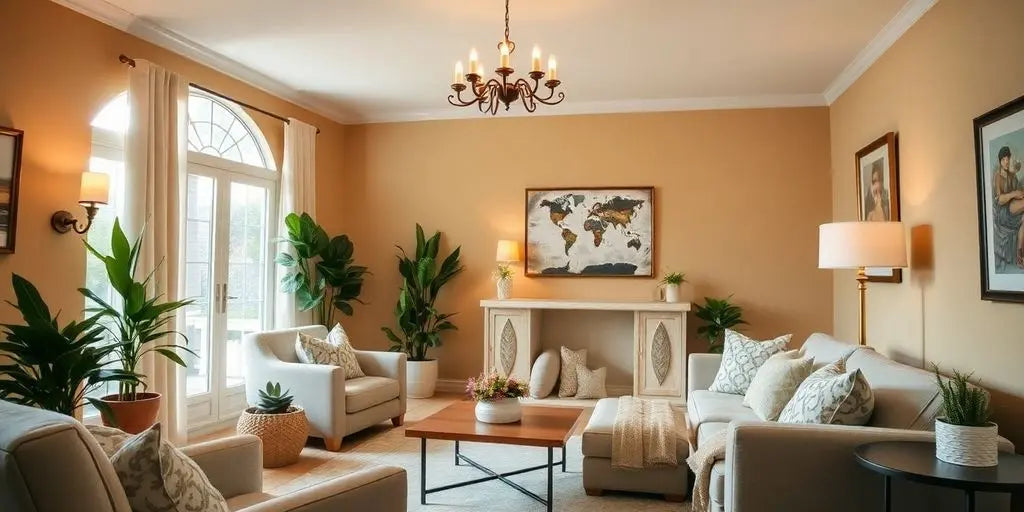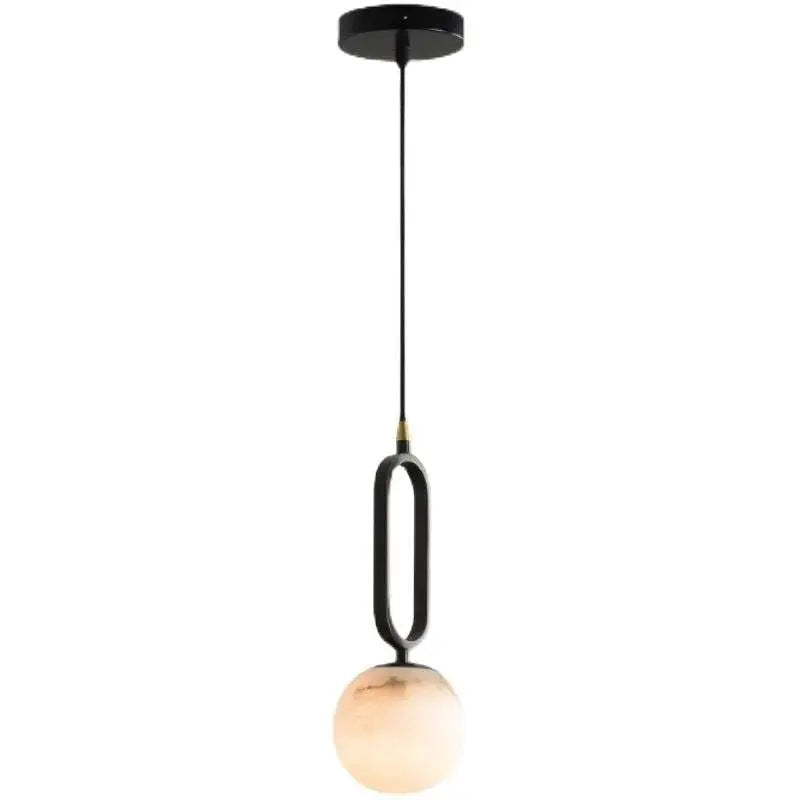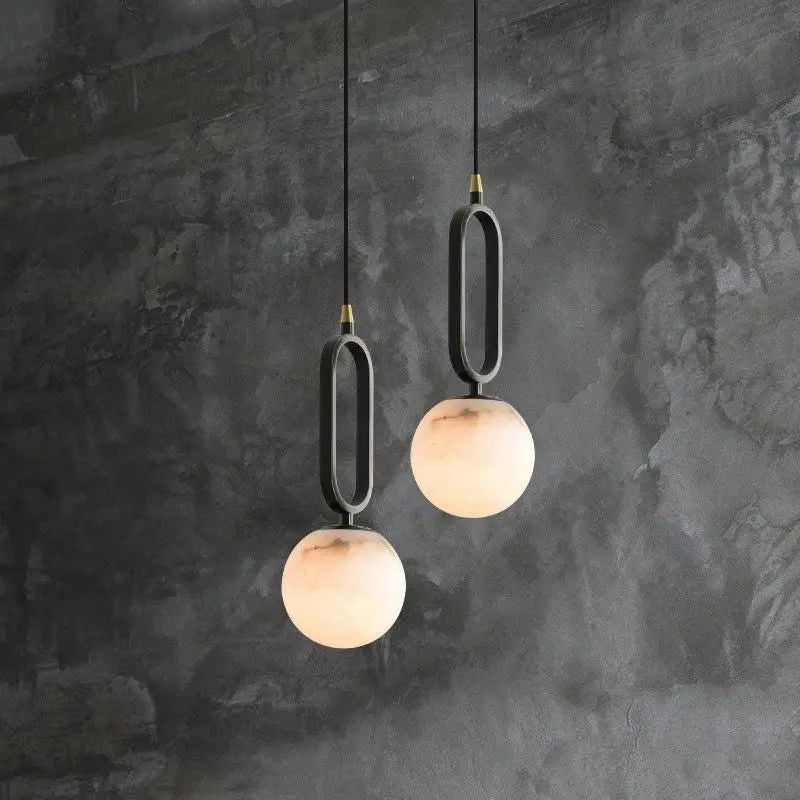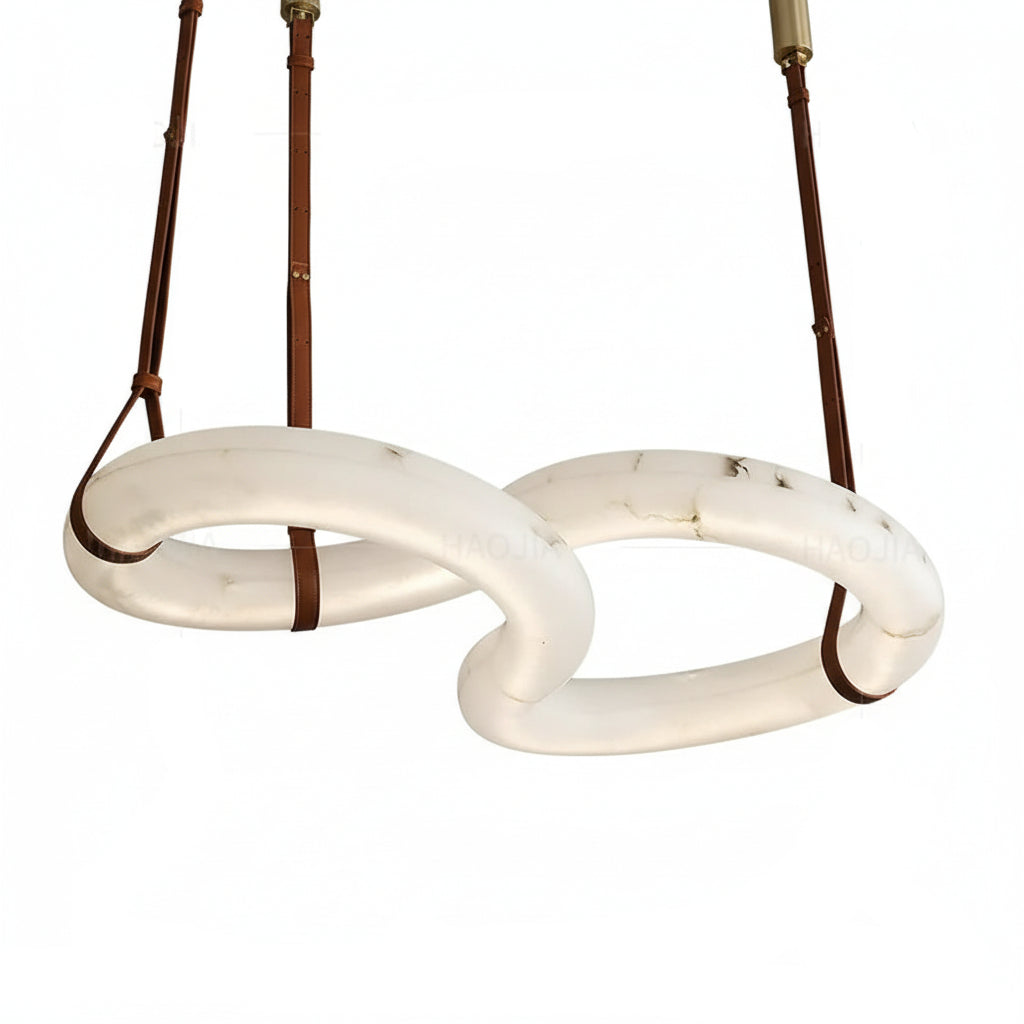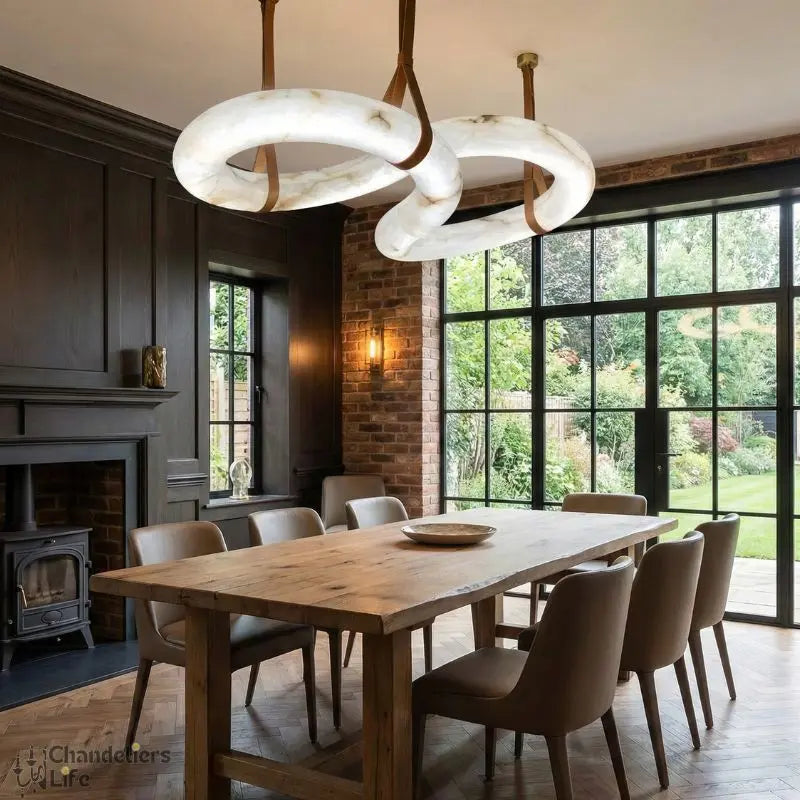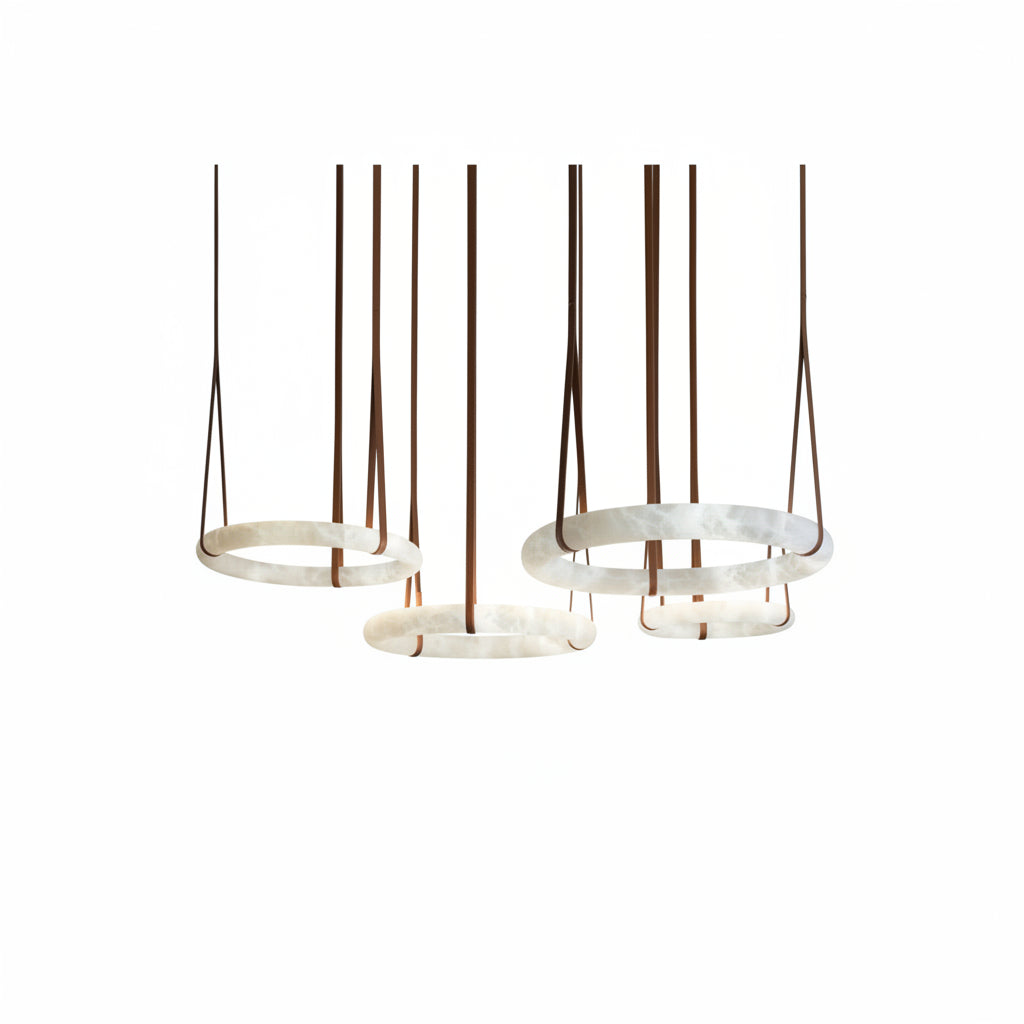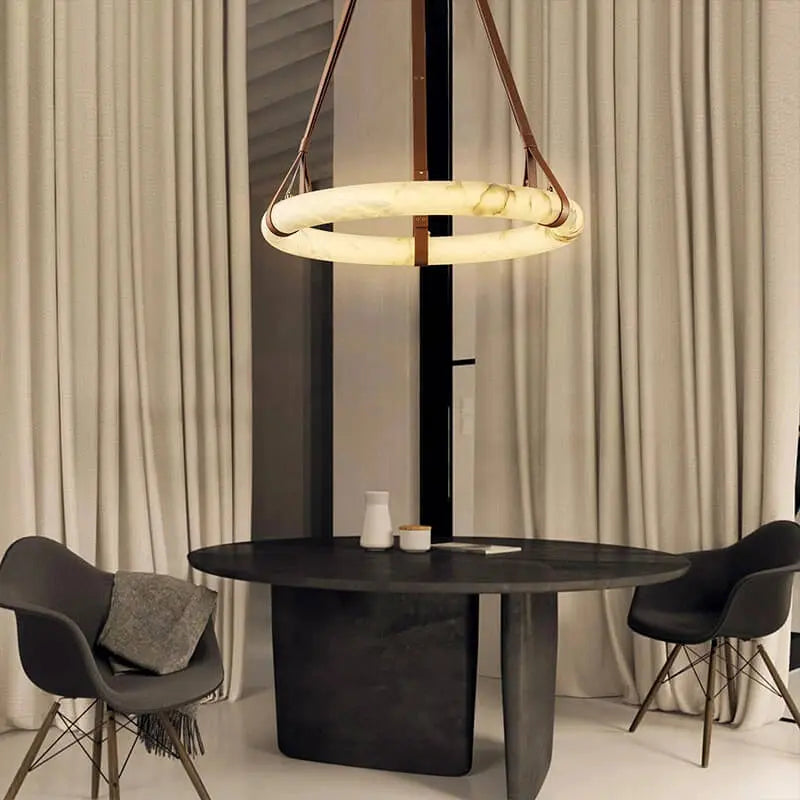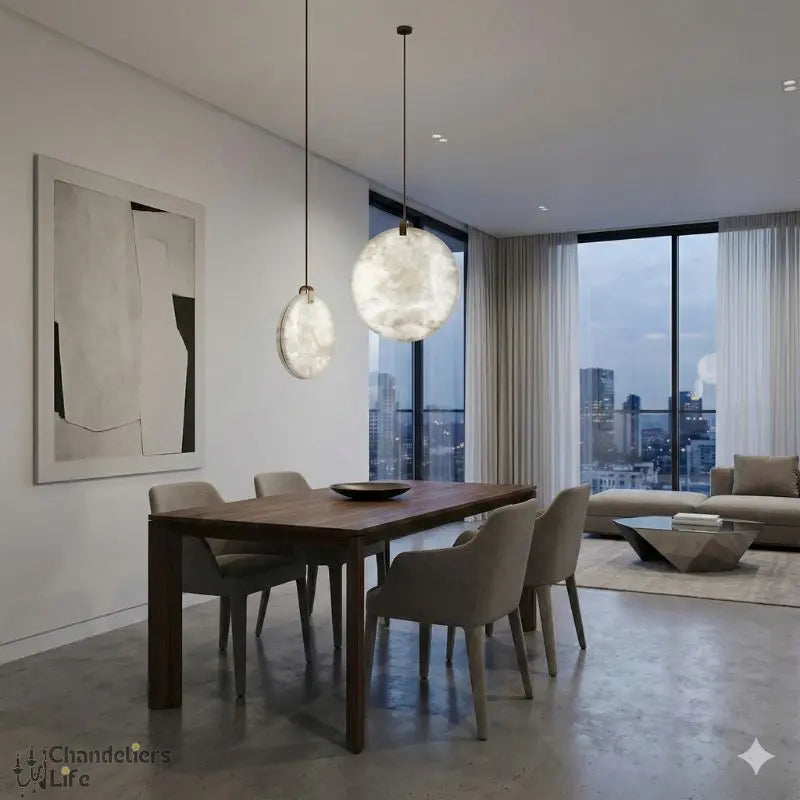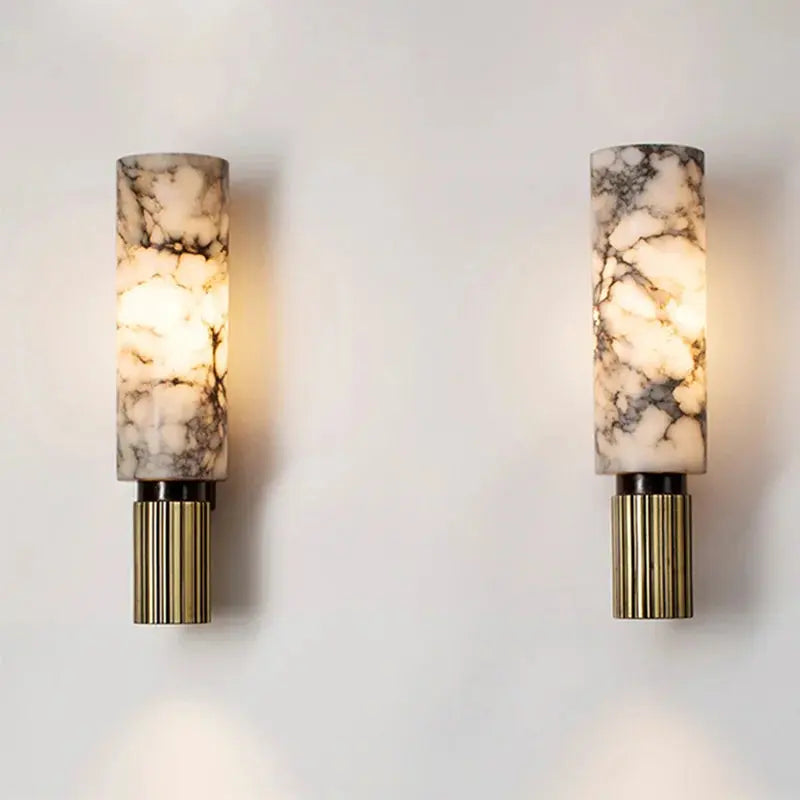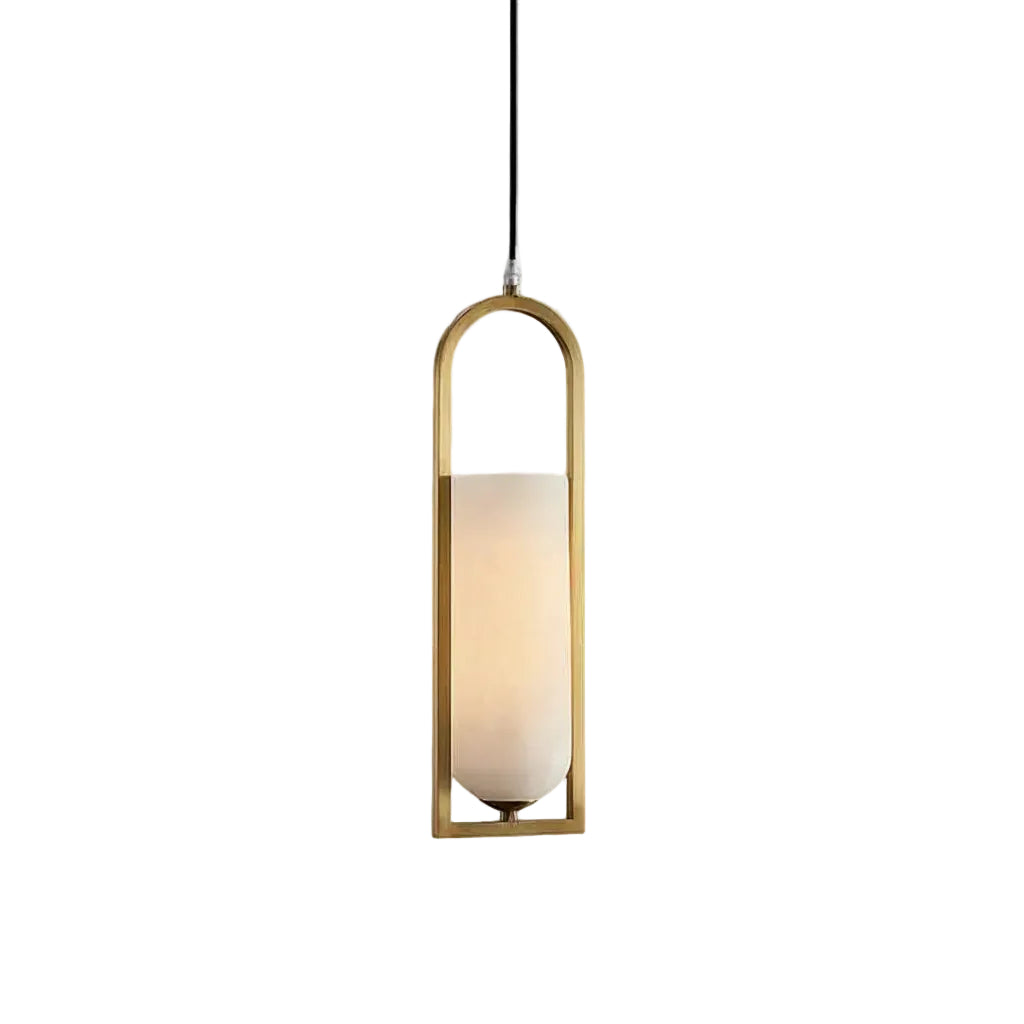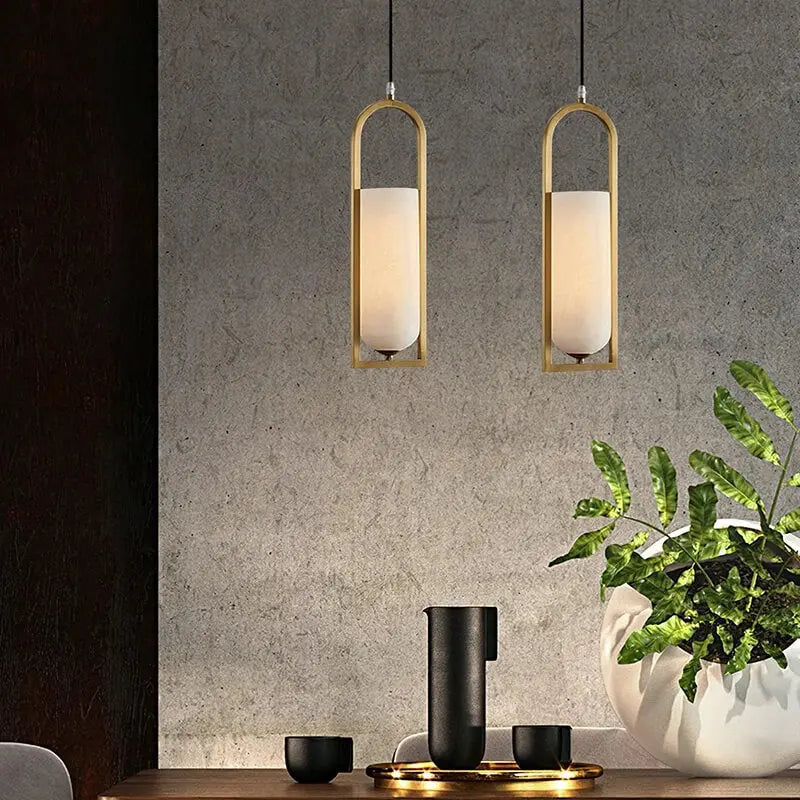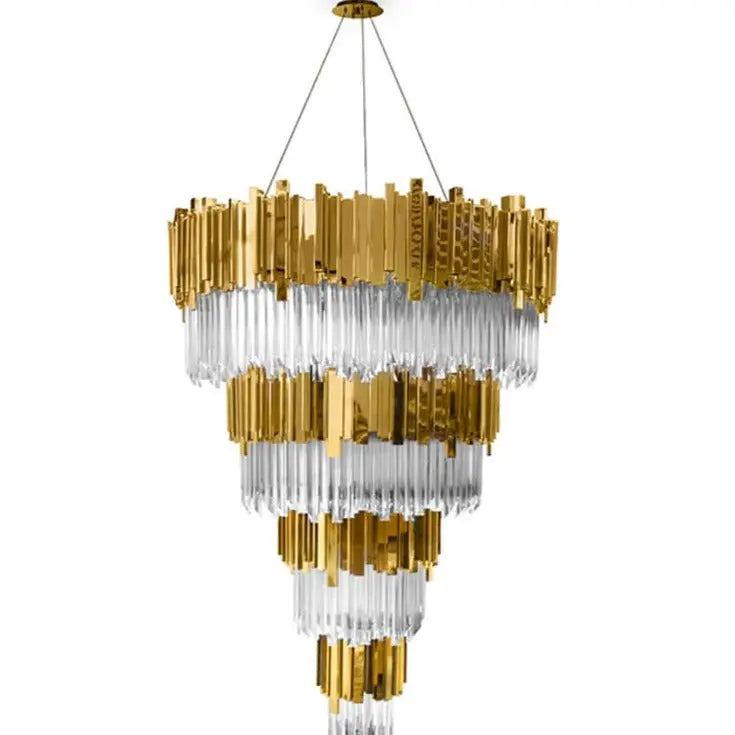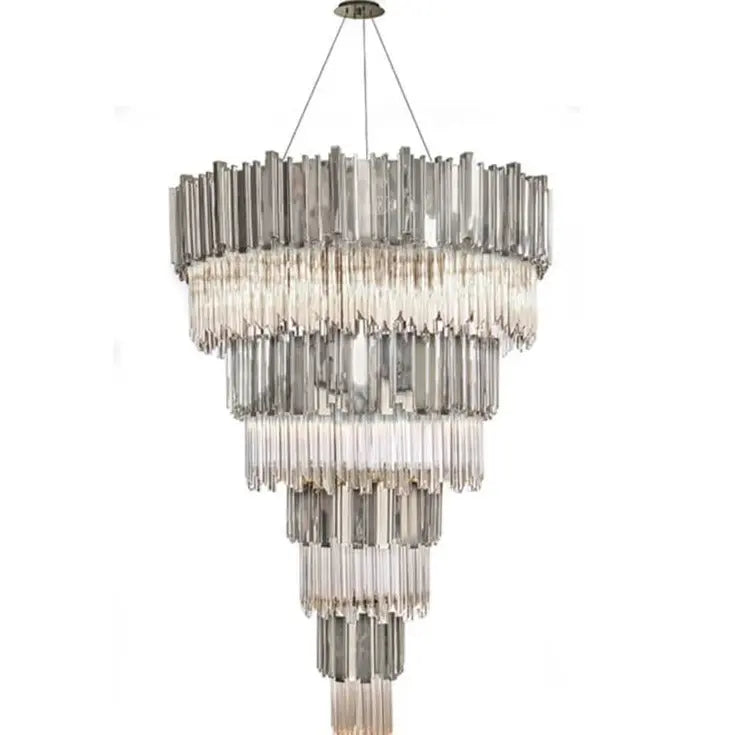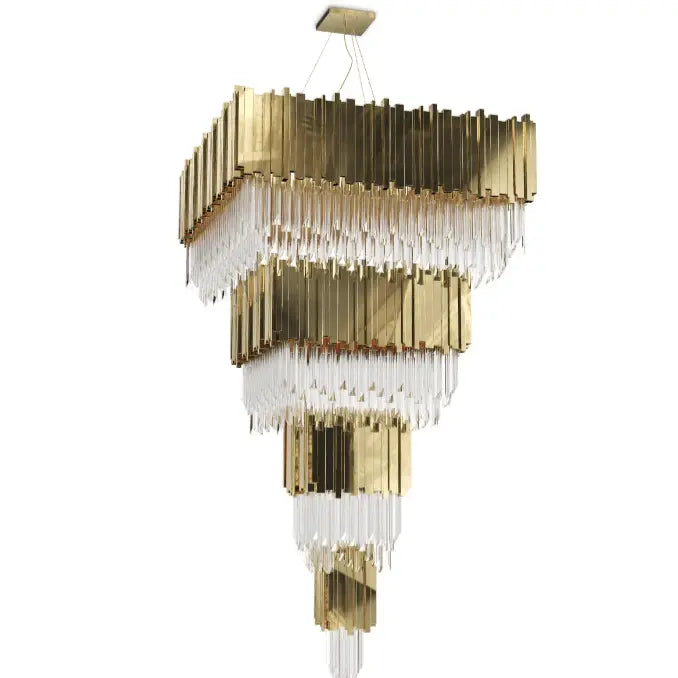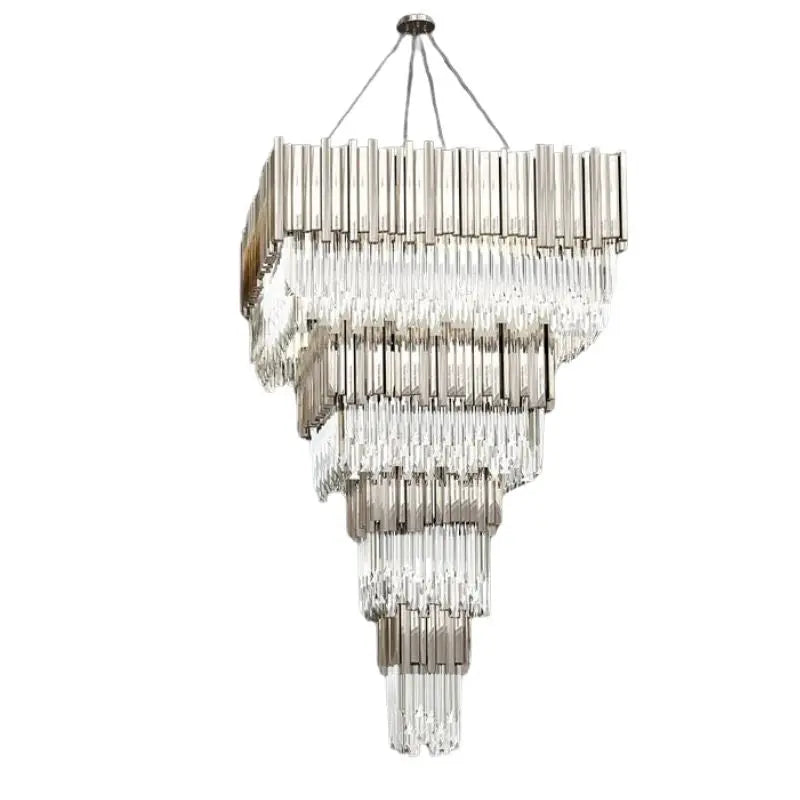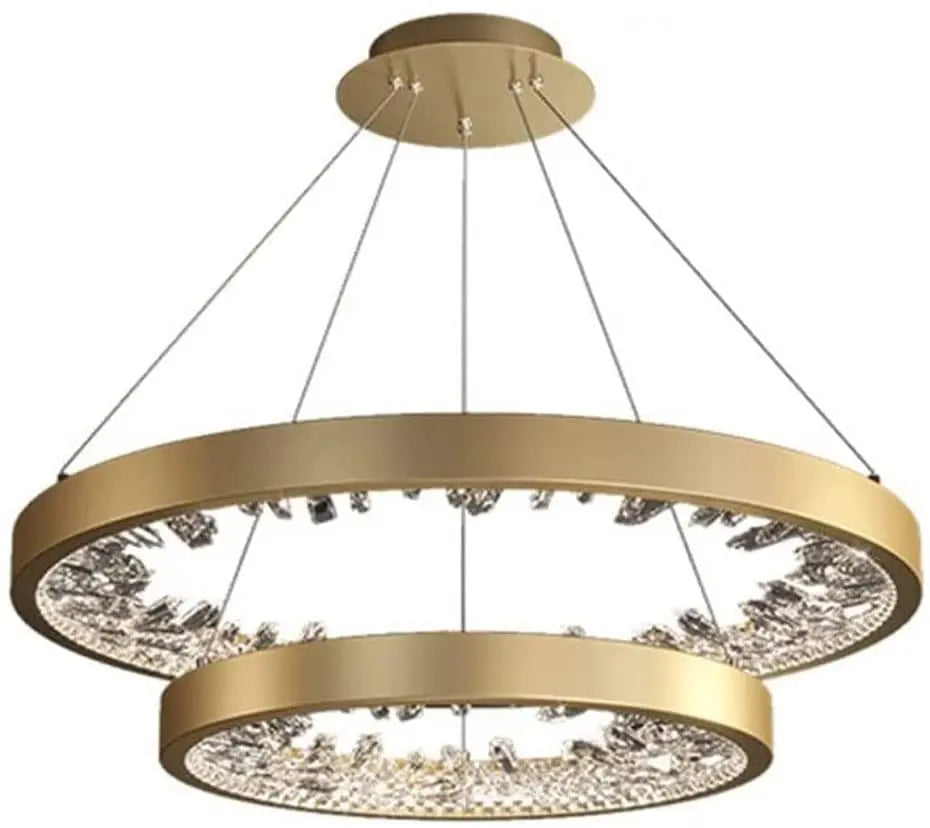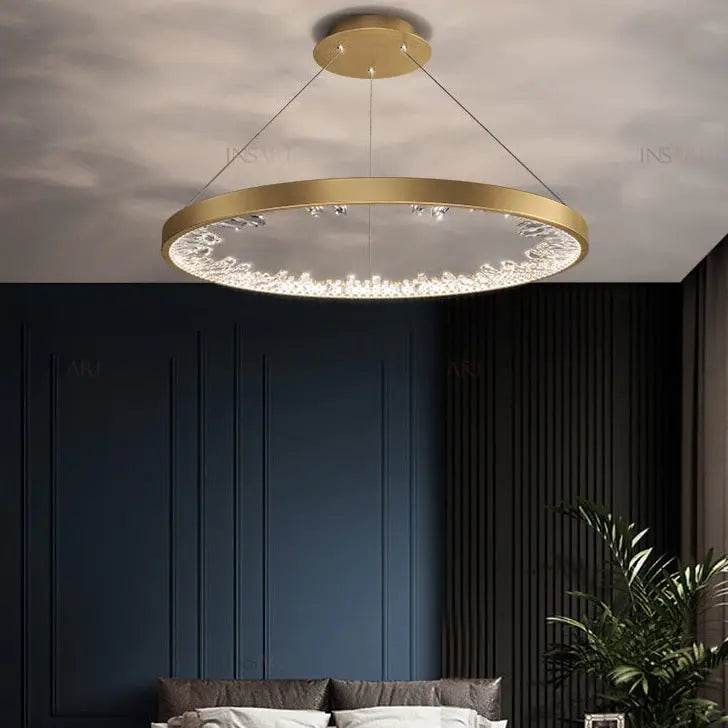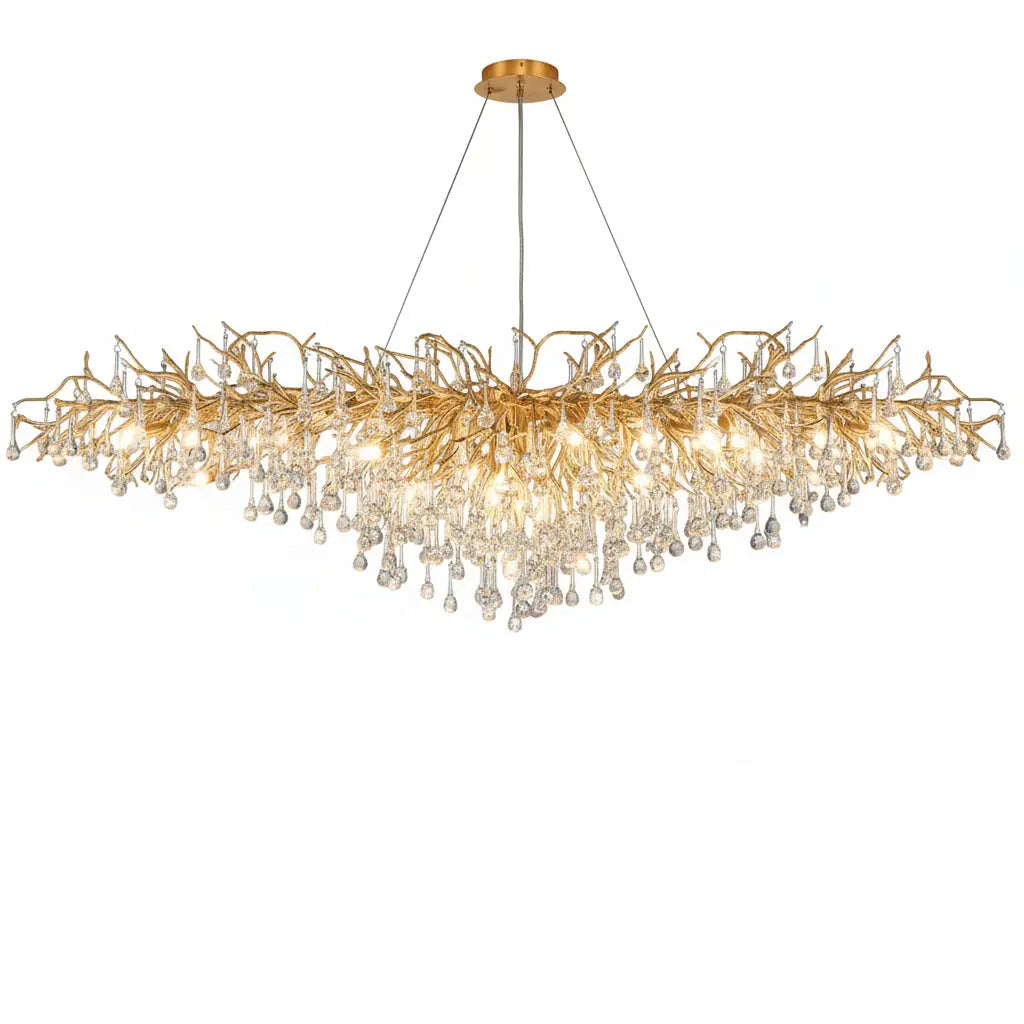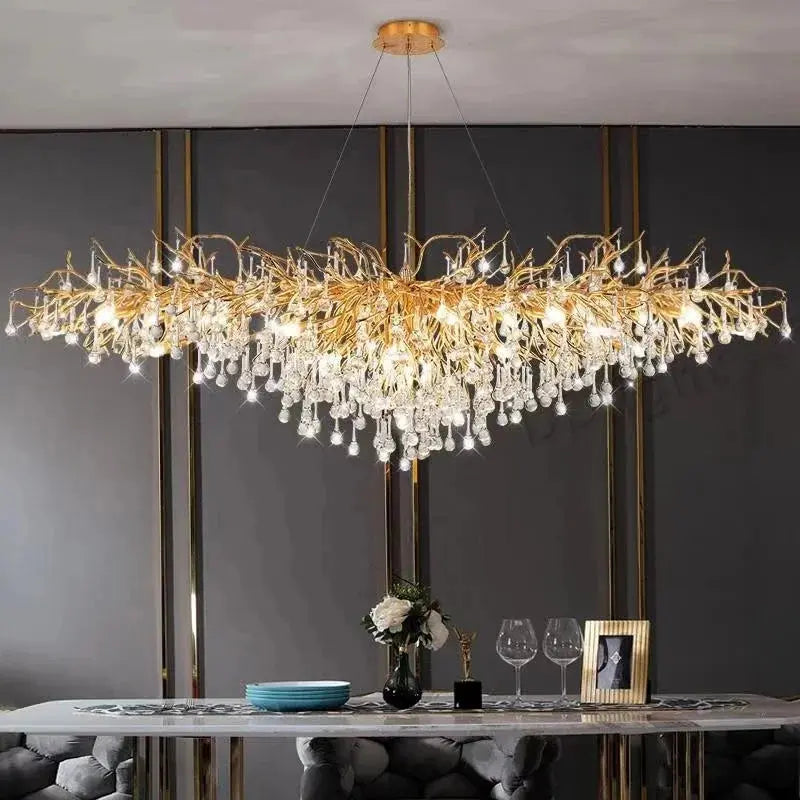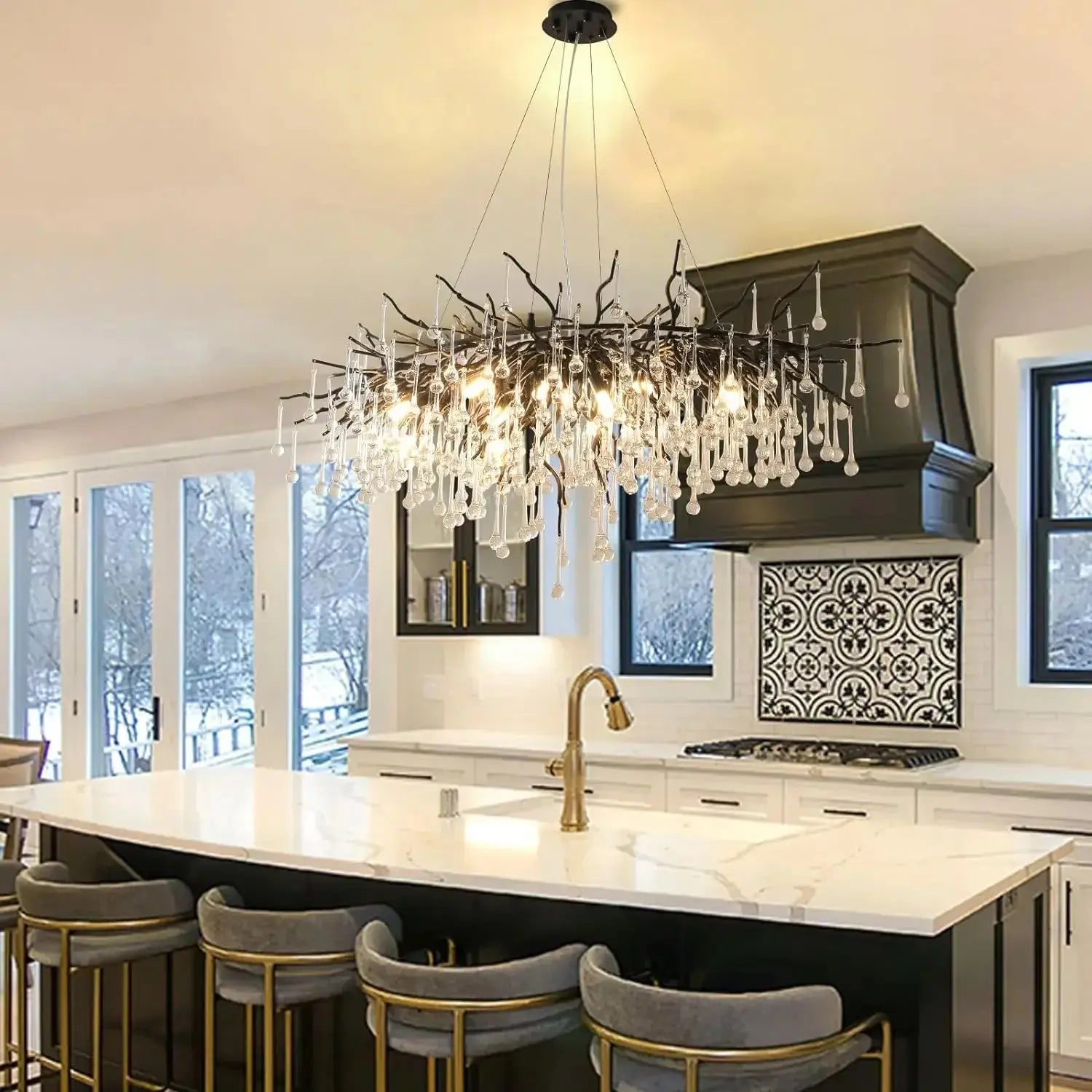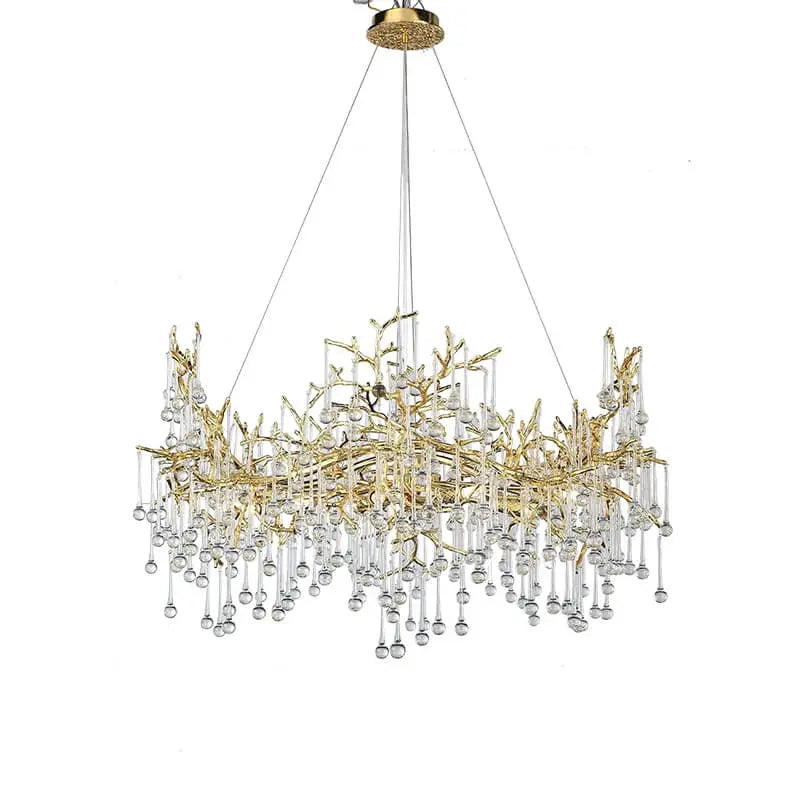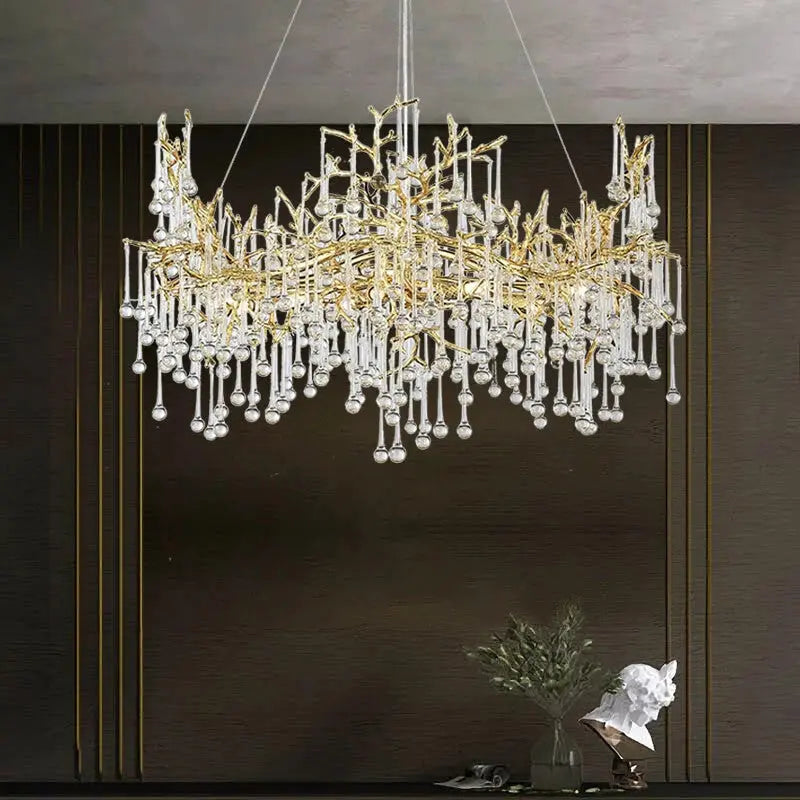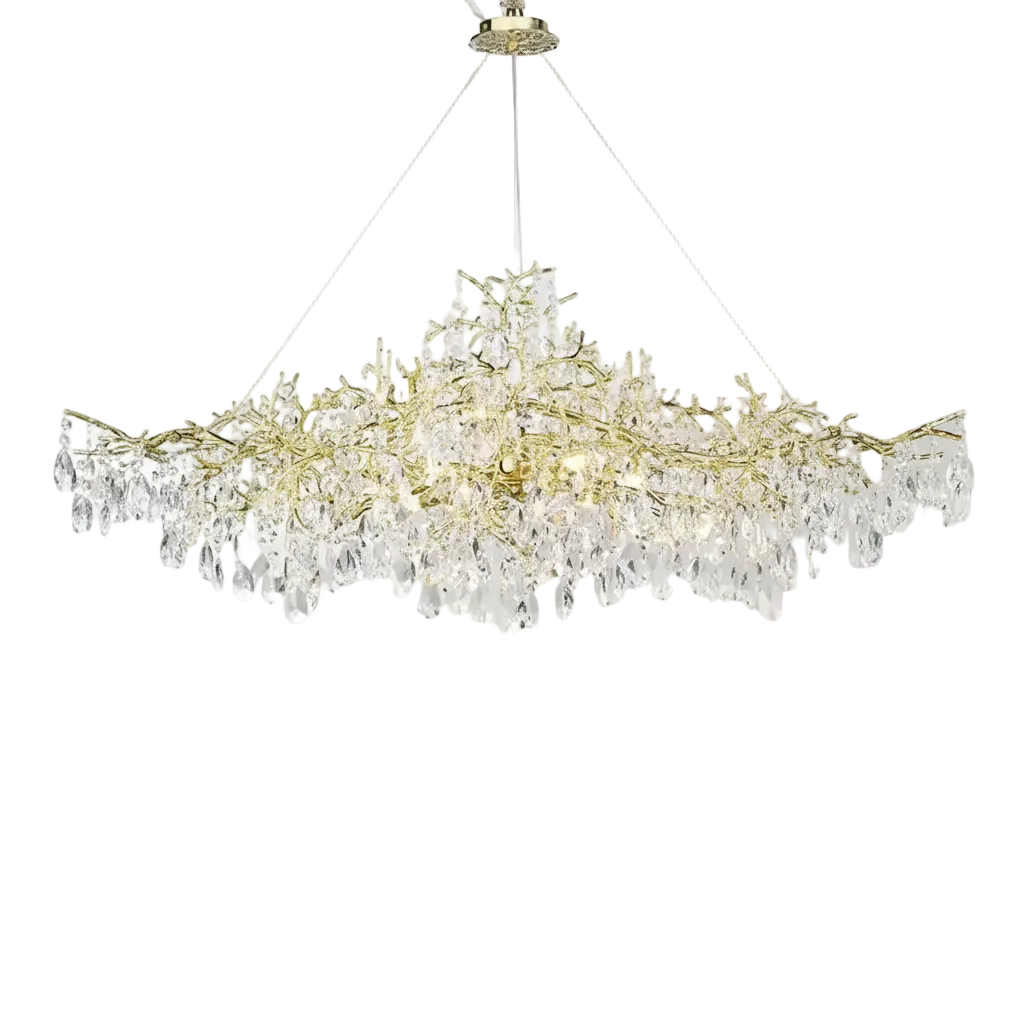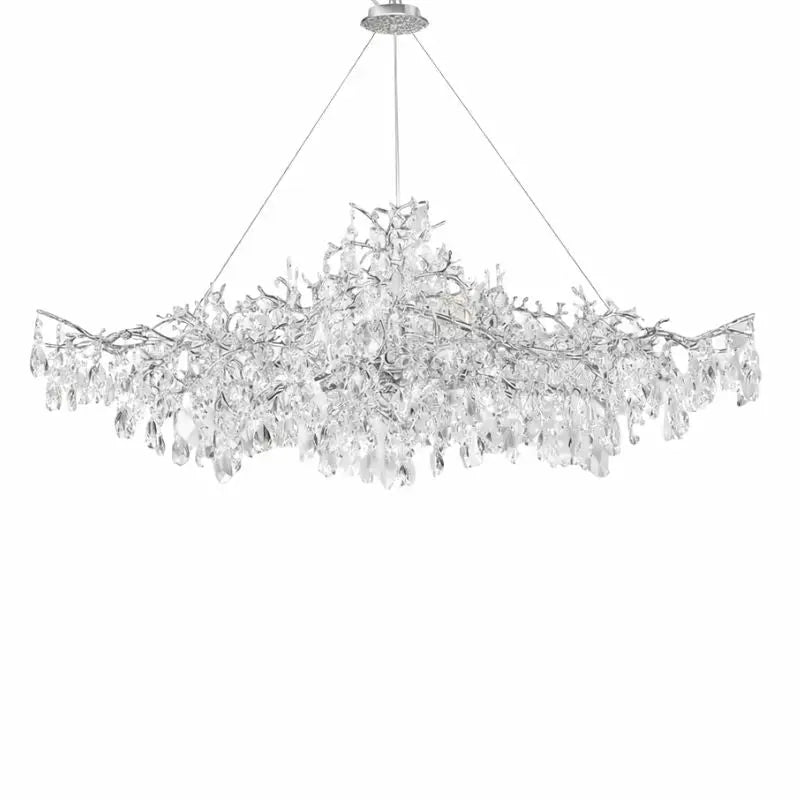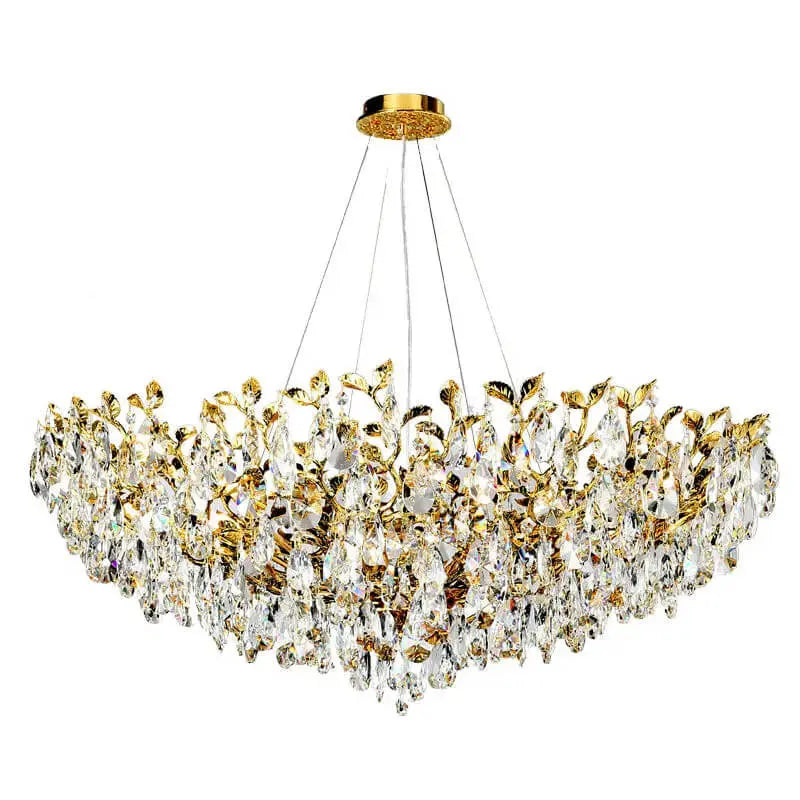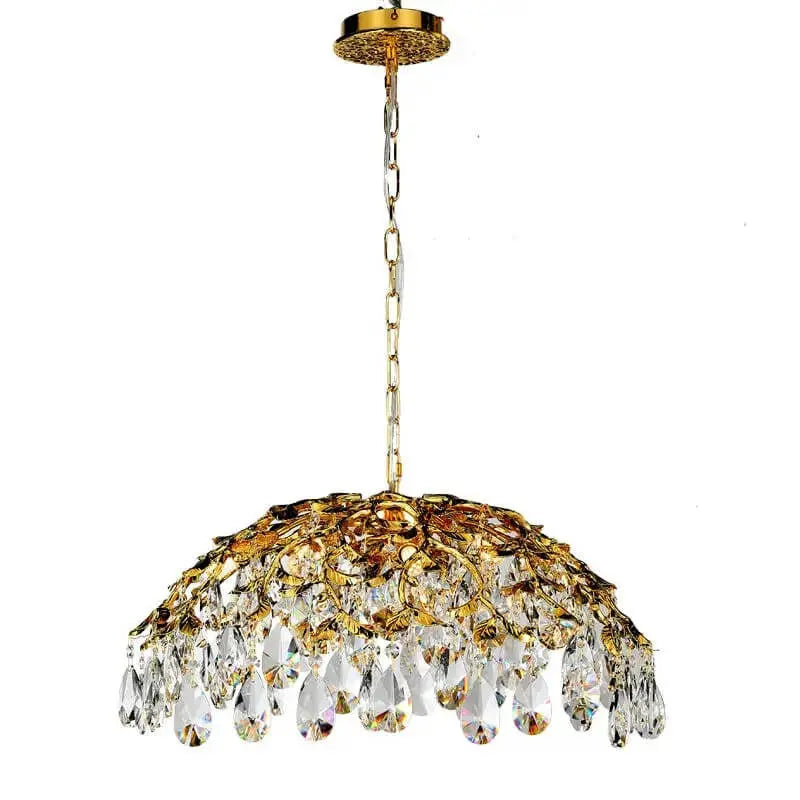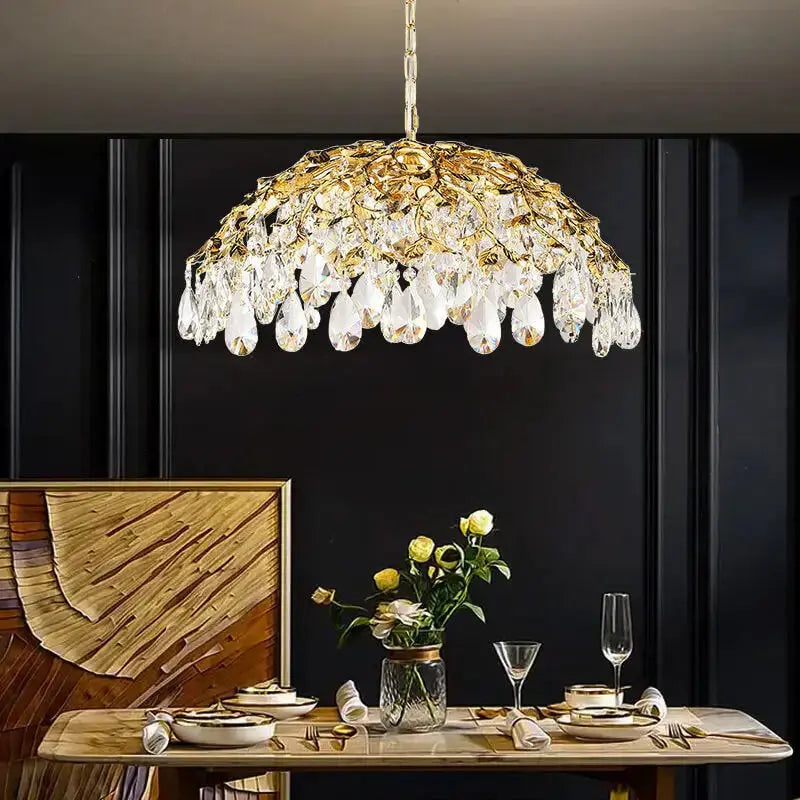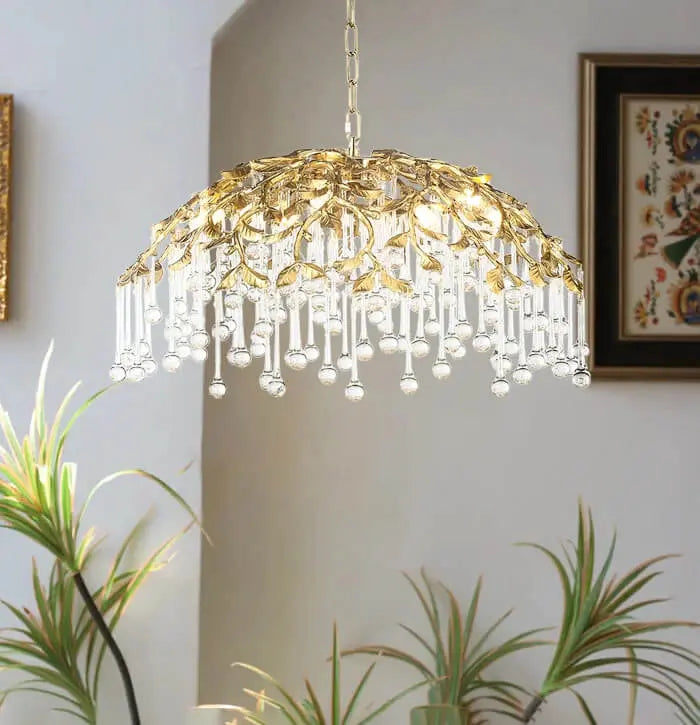Transforming your home into a cozy haven is all about the right paint colors. When you step inside, you want to feel warmth and comfort, making it essential to choose shades that evoke those feelings. Cozy paint colors can set the tone for each room, helping you create a space that feels inviting and relaxing. Let’s explore how to pick the perfect hues to turn your house into a true home.
Key Takeaways
- Warm colors like reds, yellows, and oranges create a cozy atmosphere.
- Soft neutrals can serve as a calming base for any room.
- Accent colors should complement your main palette to enhance coziness.
- Natural light impacts how colors look, so consider this when choosing paint.
- Testing colors in your space is crucial to ensure they fit your vision.
Creating a Warm and Cozy Atmosphere

Understanding Warm Color Palettes
Okay, so you want your house to feel like a hug, right? It all starts with color. Forget those cold, sterile vibes – we're going for warmth! Think about the colors you associate with feeling good: sunsets, fireplaces, maybe even a cup of hot cocoa. These are your starting points.
- Reds: Can be intense, so use sparingly. Think more terracotta than fire engine.
- Oranges: Energetic and inviting. Great for social spaces.
- Yellows: Cheerful and sunny, but can be overwhelming in large doses. Soft yellows are your friend.
Warm colors can really bring light into a darker room, especially if it doesn't get a lot of natural light. They can also make rooms that face north or east feel warmer, which is a huge plus during those long winter months.
Incorporating Textures for Comfort
Color is only part of the equation. Texture is what really takes things to the next level. Imagine a room painted in a beautiful, warm beige, but with nothing but hard surfaces. It's still going to feel a little…flat. Now, picture that same room with a chunky knit throw, a velvet fabric sofa, and a sheepskin rug. Big difference, right? Texture adds depth and interest, making a space feel more inviting and lived-in.
- Rugs: Layer different textures for a cozy feel.
- Throws: Drape them over sofas and chairs for instant warmth.
- Pillows: Mix and match fabrics like velvet, linen, and faux fur.
Layering Colors for Depth
Don't be afraid to use multiple colors! The trick is to layer them in a way that feels cohesive and intentional. Start with a neutral base, and then add in warmer tones through your furniture, accessories, and cozy color scheme. Think about creating a gradient effect, where the colors gradually shift from light to dark. This can add a sense of depth and dimension to your space.
- Start with a neutral wall color.
- Add in furniture in warmer tones.
- Use accessories to bring in pops of color.
Exploring Cozy Paint Colors for Every Room
Choosing the right paint colors can really transform a room, making it feel like a warm hug instead of a cold, empty space. It's not just about picking a color you like; it's about understanding how that color will interact with the light and the existing elements in your room. Let's explore some ideas for different rooms in your house.
Living Room Serenity
The living room is often the heart of the home, so you want it to be inviting and relaxing. Think about colors that promote conversation and comfort. Soft, muted greens can bring a sense of nature indoors, while warm grays offer a sophisticated and calming backdrop. For a bolder choice, consider a deep teal accent wall to add a touch of drama without overwhelming the space. Don't be afraid to layer in textures with your furniture and accessories to enhance the cozy feel.
Bedroom Tranquility
The bedroom should be your sanctuary, a place where you can unwind and recharge. Opt for colors that are soothing and gentle on the eyes. Light blues and lavenders are classic choices for creating a peaceful atmosphere. If you prefer warmer tones, consider a soft blush or a creamy off-white. Remember to test the colors in your space with different lighting conditions to see how they affect the overall mood. A darker color, like navy, can also work well to create a cozy vibe.
Kitchen Warmth
The kitchen is often a busy space, but it can still be cozy and inviting. Warm colors like yellows and oranges can stimulate appetite and create a cheerful atmosphere. However, it's important to use these colors in moderation, as too much can be overwhelming. Consider using them as accents or in smaller areas, such as the backsplash or kitchen island. For a more subtle approach, opt for a warm neutral like a creamy white or a light beige. These colors will create a warm and cozy color scheme without being too overpowering. You can also add warmth with natural wood tones in your cabinets and furniture.
Choosing paint colors is a personal journey. What feels cozy to one person might not feel the same to another. The most important thing is to create a space that you love and that makes you feel comfortable and relaxed.
Here's a simple table to help you visualize some color options:
| Room | Color Palette Options |
|---|---|
| Living Room | Soft Greens, Warm Grays, Deep Teal |
| Bedroom | Light Blues, Lavenders, Soft Blush, Creamy Off-White |
| Kitchen | Warm Yellows, Light Oranges, Creamy White, Light Beige |
Remember to consider the home design and existing elements in your room when making your final decision.
The Power of Soft Neutrals

Neutrals often get a bad rap for being boring, but honestly, they're the unsung heroes of cozy home design. They create a calming backdrop that lets other elements shine, and they're super versatile. You can build almost any style around a good neutral base. Let's explore how to use them to their full potential.
Choosing the Right Neutrals
Not all neutrals are created equal! There's a whole spectrum, from cool grays to warm beiges, and even off-whites with subtle undertones. The trick is to find the right one for your space and your personal taste. Consider the amount of natural light your room gets. A north-facing room might benefit from a warmer neutral to counteract the cool light, while a south-facing room can handle cooler tones.
Here's a quick guide to some popular neutral families:
- Warm Neutrals: Beige, tan, cream, and some greiges. These create a cozy and inviting atmosphere.
- Cool Neutrals: Gray, some off-whites, and cooler greiges. These offer a more modern and sophisticated feel.
- Earthy Neutrals: Browns, taupes, and soft olives. These bring a connection to nature and work well with natural materials.
Combining Neutrals with Accent Colors
Neutrals are fantastic on their own, but they really come alive when paired with accent colors. Think of your neutral walls as a blank canvas. You can add pops of color through furniture, artwork, and accessories.
- For a calming space, choose muted blues and greens.
- For a more energetic vibe, go with warm oranges and reds.
- Pastel neutrals are also becoming increasingly popular in interior design. Pastels have the same grounding and versatile qualities as regular neutrals but offer a gentle hint of color that adds a touch of personality and warmth (or coolness, depending on the undertone).
Don't be afraid to experiment! Grab some paint swatches and see how different colors look against your chosen neutral in various lighting conditions. This will help you visualize the final result and avoid any surprises.
Creating Balance with Soft Shades
The key to a successful neutral palette is balance. You don't want the space to feel too bland or too overwhelming. Layering different shades of neutrals is a great way to add depth and interest. For example, you could pair a light gray wall with a darker gray sofa and off-white trim. This creates a subtle contrast that's easy on the eyes. A tone-on-tone neutral and warm color palette is a great way to create elevated coziness. Warm white walls are the perfect backdrop for plush off-white seating, a faded area rug, and a wood coffee table in this modern living room.
Also, consider incorporating textures to add visual interest. A chunky knit throw, a woven rug, or a textured wall hanging can all elevate a neutral space and make it feel more inviting.
Accent Colors That Enhance Coziness
Selecting Complementary Hues
Choosing the right accent colors can really make a cozy space pop. Think about the main color in your room and then consider what colors sit opposite it on the color wheel. For example, if you have a lot of blues, warm oranges or corals can add a vibrant contrast. If your room is mostly neutrals, you have a lot more flexibility. Don't be afraid to experiment with different color combinations to see what feels right.
Using Accent Colors Strategically
It's not just about what colors you pick, but where you put them. A little goes a long way. Consider using accent colors in:
- Throw pillows
- Artwork
- Small furniture pieces
- Rugs
The goal is to add pops of color without overwhelming the space. You want the eye to be drawn to these accents, but not to the point where they become distracting. Think of it like adding spices to a dish – just enough to enhance the flavor, not overpower it.
Creating Visual Interest with Accents
Accent colors are a great way to add depth and visual interest to a room. A monochromatic room can feel flat, but a well-placed accent color can bring it to life. Consider using different shades and textures of your accent color to create even more interest. For example, a textured throw pillow in a slightly darker shade of your accent color can add a subtle, yet noticeable, layer of depth. Don't be afraid to mix and match patterns, but make sure they complement each other. A warm and cozy color scheme is key.
Accent colors are your chance to really personalize your space and make it feel like your own. Don't be afraid to take risks and try something new. The worst that can happen is you don't like it, and you can always change it back. Have fun with it!
Natural Light and Its Impact on Color
Understanding Light Reflectance Value
Light Reflectance Value, or LRV, is something you should know about. It measures how much light a color reflects. The scale goes from 0 to 100. Zero is black (absorbs all light), and 100 is pure white (reflects all light). Most colors fall somewhere in between. Knowing the LRV can really help you pick the right paint, especially when you think about how much light a room gets.
- Higher LRV (above 60): Good for rooms that need more light.
- Lower LRV (below 50): Good for rooms where you want a cozy feel.
- Mid-range LRV (40-60): Versatile for most rooms.
LRV is often listed on paint swatches. If you can't find it, ask a paint expert. It's a simple way to control how bright or dark a room feels.
Maximizing Natural Light
To really make the most of natural light, think about what direction your room faces. South-facing rooms get the most light, while north-facing rooms get the least. East-facing rooms get morning light, and west-facing rooms get afternoon light. Use mirrors to bounce light around. Keep windows clean. Light colors on the ceiling can also help reflect light. Don't block windows with heavy curtains. Instead, use sheer curtains to let light in while still providing some privacy. You can also consider home design choices to maximize light.
Choosing Colors for Different Light Conditions
For rooms with lots of natural light, you can go with darker colors. They won't make the room feel too dark. For rooms with little natural light, stick to lighter colors. They'll help brighten things up. Warm colors, like yellows and oranges, can make a room feel cozier, especially if it doesn't get much light. Cool colors, like blues and greens, can make a bright room feel more relaxing. Also, be aware of warm colors vs cool colors.
| Room Type | Light Conditions | Color Recommendations |
|---|---|---|
| North-Facing Rooms | Low Light | Warm whites, light yellows, creams |
| South-Facing Rooms | High Light | Cool grays, blues, greens, darker shades |
| East-Facing Rooms | Morning Light | Soft blues, greens, grays |
| West-Facing Rooms | Afternoon Light | Warm beiges, tans, peachy tones |
Tips for Choosing the Right Cozy Paint Colors
Testing Colors in Your Space
Okay, so you've got a bunch of paint swatches, and they all look amazing under the store's fluorescent lights. Big mistake to just pick one based on that! Always, always test the colors in your actual space. What looks great in a store can look totally different in your living room, especially with varying natural light. Paint a large square (at least 2ft x 2ft) on your wall and observe it at different times of the day. See how the light changes the color. It's a game changer, trust me.
Considering Room Functionality
Think about what you actually do in each room. Is it a high-traffic area like the living room where you want something inviting but durable? Or is it a bedroom where you're aiming for ultimate relaxation? The function of the room should heavily influence your color choice. A bright, energetic color might be great for a home office, but terrible for a bedroom where you're trying to wind down. Consider the mood you want to create. For example, if you want to create a cozy atmosphere, think about colors that promote relaxation.
Trusting Your Instincts
Okay, this might sound a little cheesy, but it's true. After all the testing and considering, go with what you genuinely love. Don't let trends or other people's opinions sway you too much. It's your home, and you're the one who has to live with it. If a certain color makes you happy, then go for it! Sometimes, the best choice is the one that just feels right.
Ultimately, choosing paint colors is a personal thing. Don't overthink it too much. Get some samples, experiment, and have fun with it. It's just paint, after all. You can always change it if you don't like it. The goal is to create a space that feels like you.
Incorporating Textures for Added Comfort
Soft Furnishings and Fabrics
Think about how much a soft blanket can change your mood on a chilly evening. That's the power of texture! When you're aiming for a cozy vibe, soft furnishings are your best friends. Consider layering different fabrics like linen, velvet, and wool. A chunky knit throw draped over a sofa, paired with some linen cushions, instantly makes the space more inviting. Don't underestimate the impact of curtains either; heavy, textured drapes can add both visual warmth and sound dampening, contributing to a more peaceful atmosphere.
Layering Rugs and Throws
Rugs and throws are like the seasoning in a recipe – they can really bring out the flavor of your room. Start with a larger, neutral rug as a base, and then layer a smaller, more textured rug on top. This could be a sheepskin rug, a kilim rug, or something with a fun pattern. Throws are equally versatile. Drape them over sofas, chairs, or even the foot of your bed. The key is to mix and match textures and patterns to create visual interest without overwhelming the space. Think about a worn leather pouf paired with a velvet throw pillow.
Creating a Tactile Experience
Cozy isn't just about what you see; it's about what you feel. Think about incorporating elements that invite touch. A textured area rug underfoot, a soft, plush blanket to snuggle under, or even a piece of driftwood on a shelf can add to the tactile experience. Consider materials like wood, linen, and wool to add warmth and dimension. Even the finish of your paint can play a role; a matte or eggshell finish can feel softer and warmer than a high-gloss finish. Don't be afraid to experiment with different textures and see what feels right for you.
Texture is so important because it engages our senses beyond just sight. It adds depth and complexity to a space, making it feel more inviting and lived-in. It's about creating an environment that you want to sink into and relax in.
Wrap-Up: Your Cozy Home Awaits
So there you have it! Choosing the right paint colors can really change the vibe of your home. Whether you lean towards warm tones or prefer some cool shades, the key is to pick what makes you feel good. Remember, your home should be a place where you can kick back and relax after a long day. Don't stress too much about trends—go with what speaks to you. And hey, don’t forget to test those colors on your walls before diving in. A little sample can save you from a big headache later. Now, grab that paintbrush and start creating your cozy sanctuary!
Frequently Asked Questions
What are warm colors, and how do they create a cozy atmosphere?
Warm colors include shades like red, yellow, orange, and beige. They make a room feel inviting and comfortable, perfect for relaxation.
Can I use cool colors to make my room feel cozy?
Yes! Darker cool colors like navy blue or forest green can also create a cozy vibe, especially when paired with warm accents.
How can I choose the right neutral colors for my space?
Look for soft neutrals like cream or taupe. These colors can be combined with warmer shades to create a balanced and cozy atmosphere.
What are accent colors, and how do they enhance coziness?
Accent colors are used to add interest and depth to a room. Choosing warm or soft accent colors can make your space feel more inviting.
How does natural light affect my paint colors?
Natural light can change how colors look in your room. Lighter colors may appear brighter, while darker colors can feel more subdued.
What tips should I follow when picking paint colors?
Test colors on your walls first, think about how you use each room, and trust your feelings about the colors you choose.

